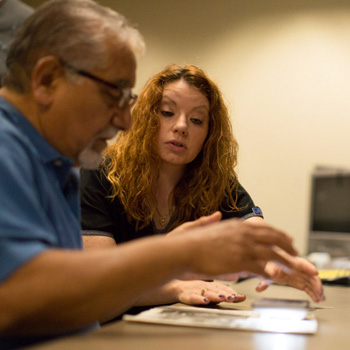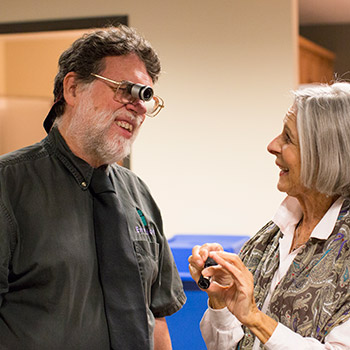
Well-Being and Mental Health Factors among Informal Caregivers of Individuals with Visual Impairments
Callie Victor, PhD, OTR/L, CLA; Matthew Haase, MS, OTR/L, ATC; Michael Bown; Lindsey Bates, OTR; Michael Centra, OTR/L; Jaclyn Sachleben; Elizabeth Tyson; Michelle Gamber, DrPH; Suleiman Alibhai
View Article

Stand Magnifier Optical Strategies
Gregg Baldwin, OD
View Article

Characteristics of Older Bioptic Drivers: Effects of Increasing Age on Driving Safety
Bradley E. Dougherty, OD, PhD
Download Article